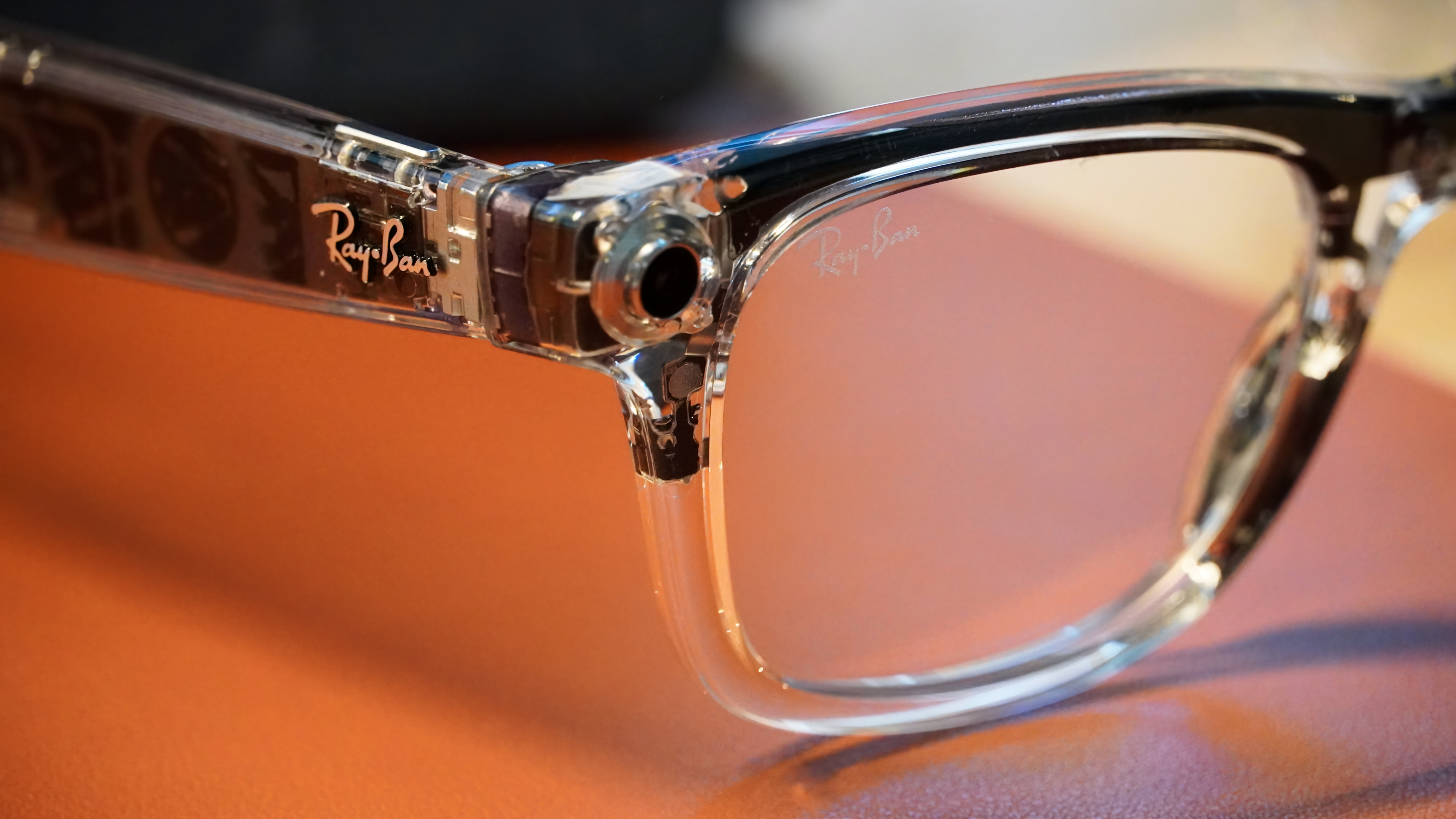Amazon Fire TV Stick 4K (2023) vs. Chromecast with Google TV: Which should you buy?
Amazon's latest Fire TV Stick 4K outperforms Google's Chromecast.

Faster Wi-Fi and more storage
The 2023 refresh of the Fire TV Stick 4K comes with more RAM, a fast CPU, and support for faster Wi-Fi with Wi-Fi 6. It streams video up to 4K resolutions with support for Dolby Vision HDR, and surround sound is supported with Dolby Atmos.
Pros
- 4K resolution with HDR
- Wi-Fi 6 offers higher Wi-Fi speed
- Live View Picture-in-Picture included
Cons
- Still powered by micro-USB
- Only comes in one color
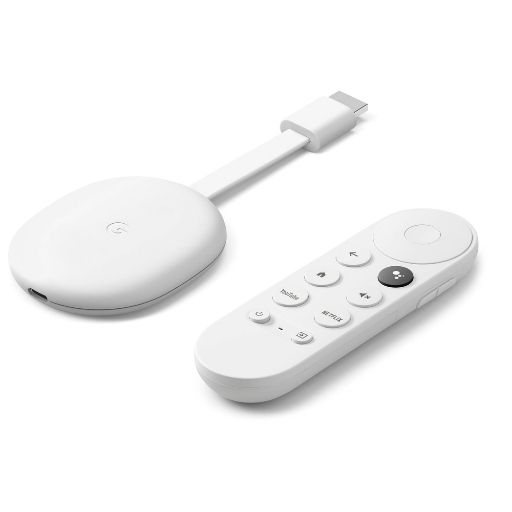
Excellent and simple voice remote
Chromecast with Google TV is a streaming device from Google with 4K HDR support and Dolby Atmos. Unlike older Chromecasts, you can control with the included remote using the Google TV interface with excellent app support.
Pros
- 4K resolution with HDR
- Available in three colors
- Remote is comfortable and easy to use
Cons
- No fast forward or rewind buttons
- 8GB of storage may not be enough
You can find dozens of different streaming devices running a variety of operating systems, but Chromecast and Fire TV are two of the most popular choices. FireTV is Amazon’s solution with its own interface and apps that work within its ecosystem. That even extends to the smart assistant, Alexa, that’s an integral part of the Fire TV experience. Similarly, Google TV on Chromecast brings a user interface and remote to the device so you don’t need to use your phone to support it. Google Assistant is also baked into the experience.
Both of these devices offer 4K streaming with HDR support for Dolby Vision and HDR 10+ with plenty of power to keep up with those resolutions. They also come with voice remotes so you can call up Alexa or Google Assistant with the press of a button to help you find the show you’re looking for.
For most people, the difference between these two devices will come down to the features, but there are still some significant hardware differences to consider.
Amazon Fire TV Stick 4K (2023) vs. Chromecast with Google TV: Hardware comparison
The Fire TV Stick 4K (2023) is the newer device, and the spec sheet proves it with meaningful upgrades like Wi-Fi 6 support and an increase in RAM over the last version. Compared to Chromecast, it has double the storage space at 16GB, so you can keep downloading content without running out of space.
| Header Cell - Column 0 | Fire TV 4K (2023) | Chromecast with Google TV |
|---|---|---|
| Operating system | Fire OS | Google TV |
| Voice remote | Yes | Yes |
| Voice assistant | Alexa | Google Assistant |
| TV control | Yes | Yes |
| Maximum resolution | 4K | 4K |
| HDR | Dolby Vision, HDR 10, HDR10+, HLG | Dolby Vision, HDR 10, HDR10+, HLG |
| Surround sound | Dolby Atmos | Doldby Atmos |
| RAM | 2GB | 2GB |
| Storage | 16GB | 8Gb |
| Wi-Fi | Dual-band Wi-Fi 6 | Dual-band Wi-Fi 5 |
| Colors | Black | Sky, Sunrise, Snow |
The two biggest differences in terms of hardware are storage space and Wi-Fi. Amazon’s software is more powerful than ever, with both streaming and smart home applications available. The extra space makes it possible to download more to your Fire TV Stick 4K, so you don’t have to decide which apps to keep and which to delete.
Next up, Wi-Fi 6 is a welcome upgrade for the Amazon device, which gives it better download speeds when connected to a Wi-Fi 6 router. Wi-Fi 6 can also have better performance when signal quality is low thanks to tech like OFDMA and 1024-QAM, helping to avoid congestion. If you see a lot of loading bars on your content, it could be a worthwhile upgrade just for that.
These upgrades make this refresh one of the best Fire TV Sticks you can buy.
Get the latest news from Android Central, your trusted companion in the world of Android
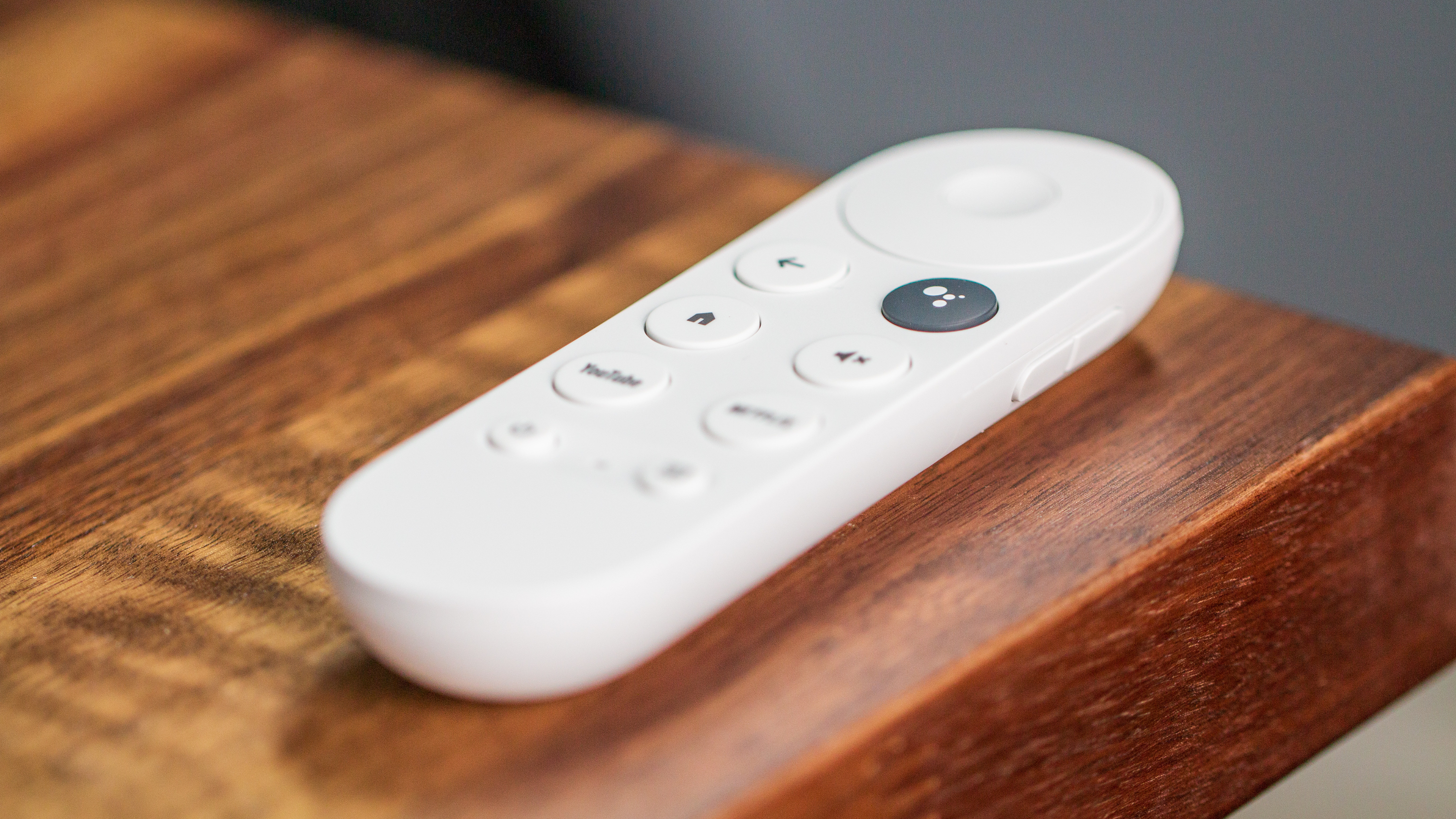
The remotes are also quite different, with Google opting for a compact modern look that is color-matched to your Chromecast. You can choose between a light blue color called Sky, a pinkish Sunrise hue, and a pure white shade called Snow. Google’s remote has a button to quickly call up Google Assistant, as well as one for Netflix and another for YouTube. For the most part, this is a solid remote, but as our Chromecast with Google TV review notes, it would have been nice to have fast-forward and rewind buttons.
Amazon’s remote is similarly equipped with an Alexa button in the center of the remote. The Fire TV Stick 4K and its remote only come in black. Towards the bottom, you get four shortcut buttons, two of which will be used for Prime Video and Netflix, while the other two will vary. Amazon offers more buttons and actions with its remote with a more cluttered look as a result.
Amazon Fire TV Stick 4K (2023) vs. Chromecast with Google TV: Software features
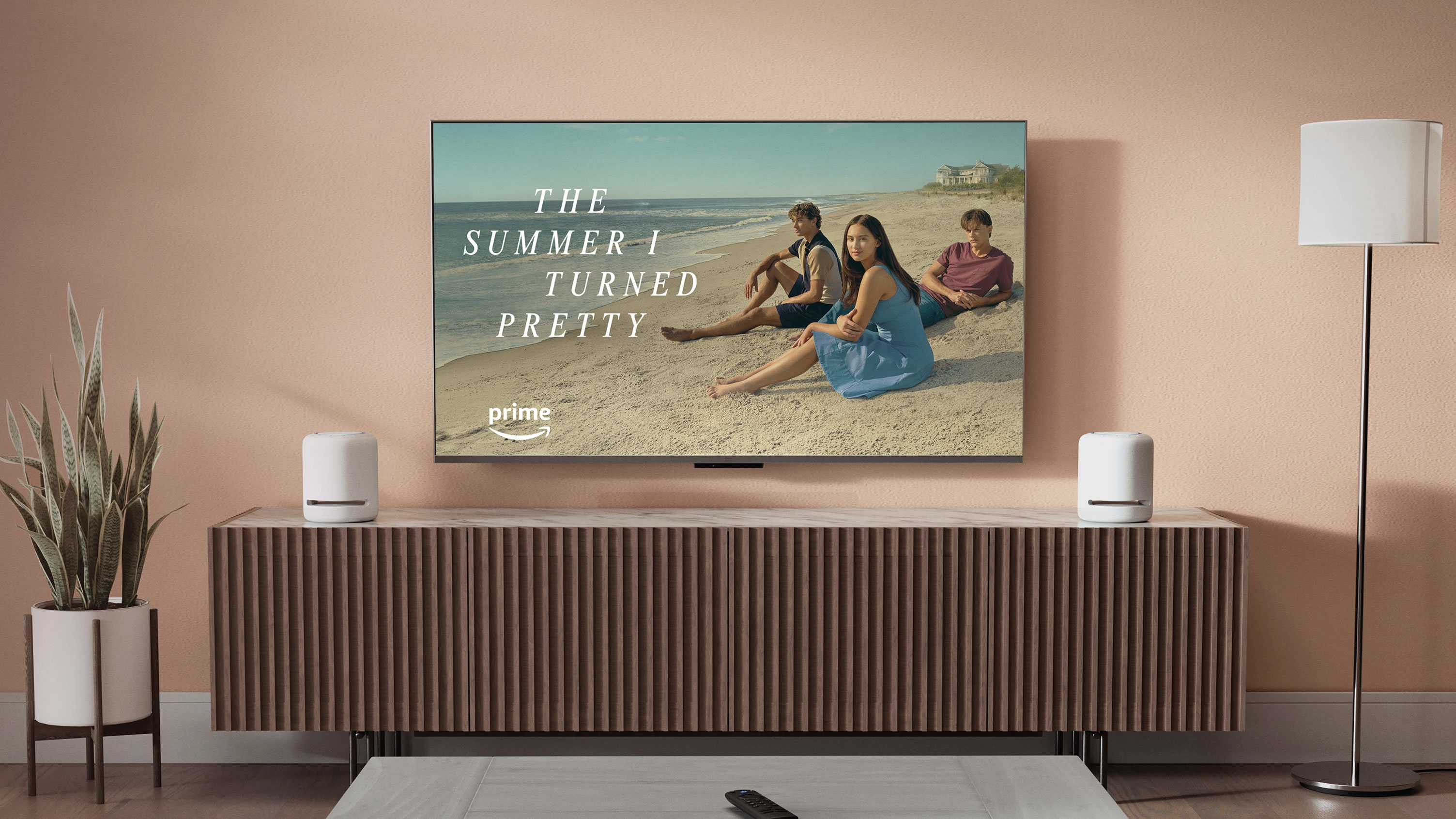
By far, the biggest difference between the two is the ecosystem. That is to say, Chromecast with Google TV favors Google services like Google Assistant. You can also control your system with your Google account. This allows for tight integration with Nest products so you can see your camera feeds on your TV. The Google TV home screen features a list of your apps as well as tailored suggestions.
For the most part, it’s best to stick with the ecosystem you're most comfortable with already. If you’ve got Nest smart home tech installed, for example, the integration with Google TV will be better.
Similarly, Amazon’s interface shows you a list of your recent apps as well as suggested shows below and previews above. If you were looking for quick access to a grid of apps like you get on a Roku device, you may be disappointed. That being said, the interface is quick and easy to navigate and has all of the most popular streaming apps.
Amazon has added a new feature called Live View Picture-in-Picture, which allows you to treat your TV more like a smart home hub. You’ll be able to keep your video playing in a window while viewing your camera feeds, check the weather, stream music, and more. Amazon also allows you to use stereo Echo speakers and a subwoofer with your TV.
Amazon Fire TV Stick 4K (2023) vs. Chromecast with Google TV: Which should you buy?
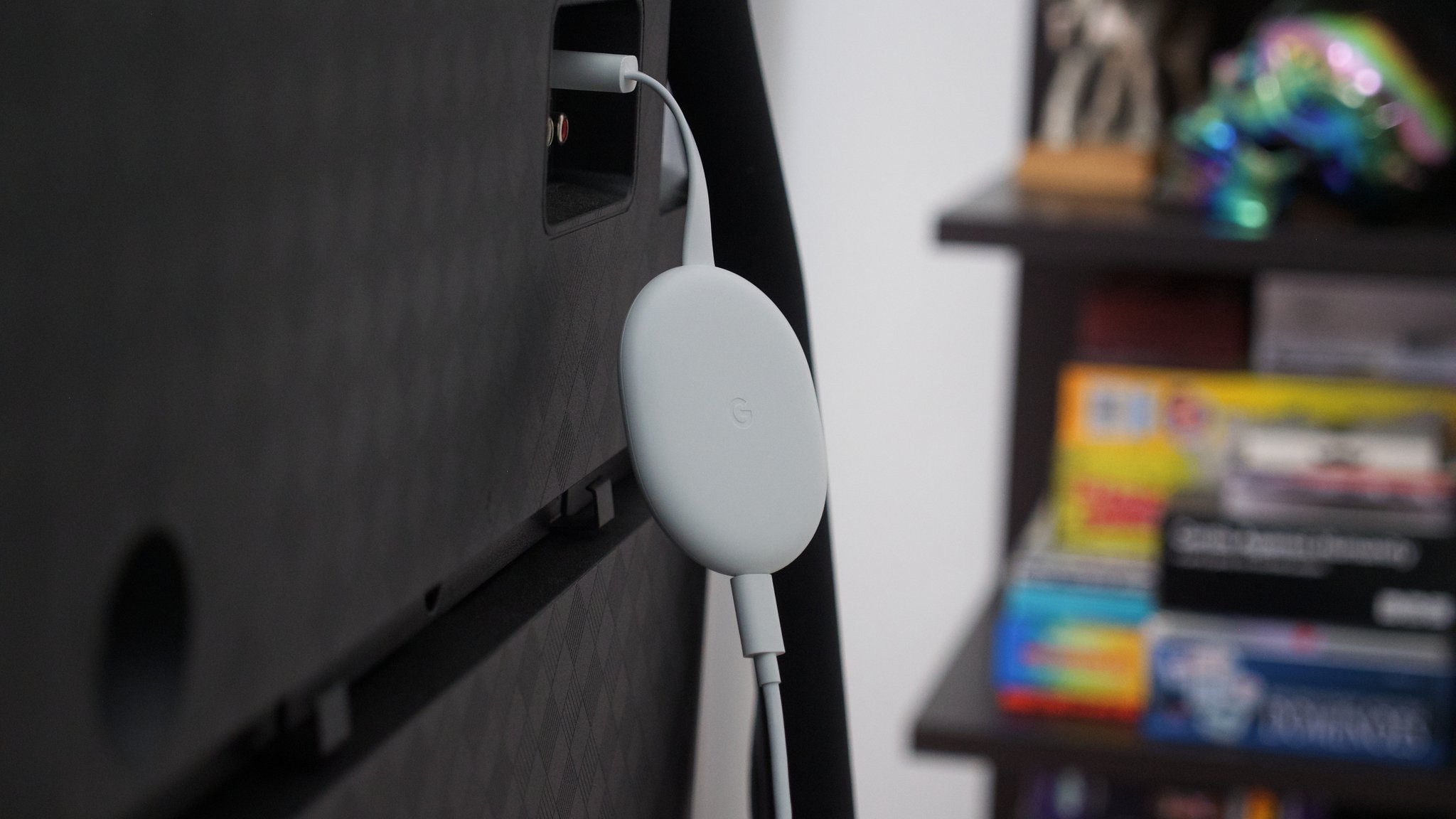
The Fire TV Stick 4K is technically superior to the Chromecast with Google TV, thanks to its added storage and Wi-Fi 6 support. That being said, if you already have products in one ecosystem, we recommend sticking with it. The Fire TV Stick works with Echo speakers, Alexa-enabled devices, and devices like cameras, so you can quickly check on the baby or see who’s at the door.
Google offers similar integration with the Google Assistant and its own line of Nest smart home tech. Google is missing some of the nicer features, like the ability to use smart speakers with your TV, but a decent soundbar would likely be a better choice anyway. If you’ve got Nest devices, you’ll see better integration with Google TV, including your security cameras and video doorbells.

Faster Wi-Fi and more storage
The 2023 refresh of the Fire TV Stick 4K comes with more RAM, a fast CPU, and support for faster Wi-Fi with Wi-Fi 6. It streams video up to 4K resolutions with support for Dolby Vision HDR, and surround sound is supported with Dolby Atmos.

Excellent and simple voice remote
Chromecast with Google TV is a streaming device from Google with 4K HDR support and Dolby Atmos. Unlike older Chromecasts, you can control with the included remote using the Google TV interface with excellent app support.

When Samuel is not writing about networking or 5G at Android Central, he spends most of his time researching computer components and obsessing over what CPU goes into the ultimate Windows 98 computer. It's the Pentium 3.
